1
OUR PHILOSOPHY

AS YOU TAKE THE FIRST STEPS on your style-finding adventure, we want to begin by sharing a few big-picture concepts that will help lay the foundation for your journey ahead.
While the invitations within these pages are certainly not presented as a step-by-step manual, understanding how you will be spending your time and how you can most effectively move through the material is always helpful!
We can’t wait to get started . . .
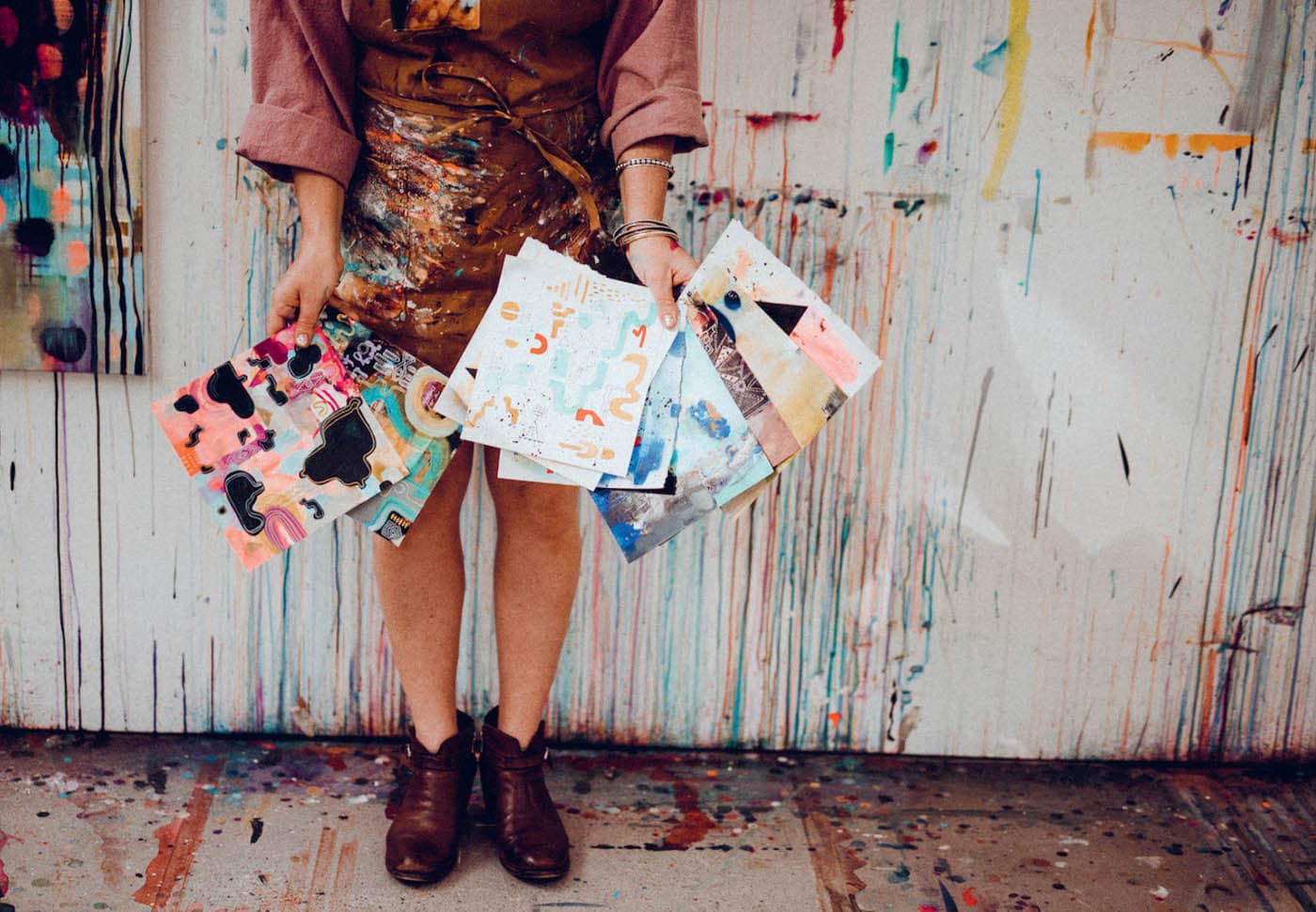
We believe there are eight key ingredients needed in order to discover and develop a personal creative style. These ingredients are: Desire, Self-Inquiry, Trust, Awareness, Expansion, Exploration, Gentleness, and Dedication. Below, we’ve expanded upon why each of these ingredients is so vital to this process. Having a clear desire to explore or make a change is often the first step on any journey. This kind of sincere motivation serves as potent fuel for the quest, and it also helps you stay the course. We imagine if you’re reading this book, you already have the desire to find your unique style, so you’re off to a great start! If you want to invite more of you into your creative process, your life experiences, cultural lineage, relationships, passions, and memories create a fertile ground where your personal style has already been developing and growing throughout your entire life. Fostering the courage to listen to your intuition is a foundational practice when it comes to seeking your own artistic style. From there, learning to trust what you see, hear, and feel in order to bring this information to life in new and meaningful ways is the next step. Moving through your day-to-day life with a keen awareness of what draws you in and lights you up not only makes the world around you feel more alive, but it also connects you to the present moment and to your creative spirit each and every day. Continually evolving and growing in different ways, learning from new teachers, pushing your boundaries, and exploring techniques and materials that are unfamiliar create more opportunities for something truly unique to emerge in your art-making practice. Giving yourself the time and space to explore and try things on in a way that is curiosity-driven, not outcome-driven, is critical when it comes to developing a unique artistic style. We believe creating one hundred paintings and considering them “studies” is a great way to set yourself up for a world of exploration and success. If you’ve engaged in the creative process, you’ve probably gotten to know your inner critic. Whether it’s loud and obnoxious or soft and persistent, negative self-talk often gets in the way of freedom, and sometimes it even makes you want to quit. This is why cultivating a gentle and compassionate inner voice helps you stay present, even in the tough moments. Although it’s easy to want to speed right to the finish line, discovering and developing a unique artistic style is a life-long journey that requires dedication and persistence. You get to do this work!EIGHT INGREDIENTS FOR FINDING YOUR STYLE
1. Desire
2. Self-Inquiry
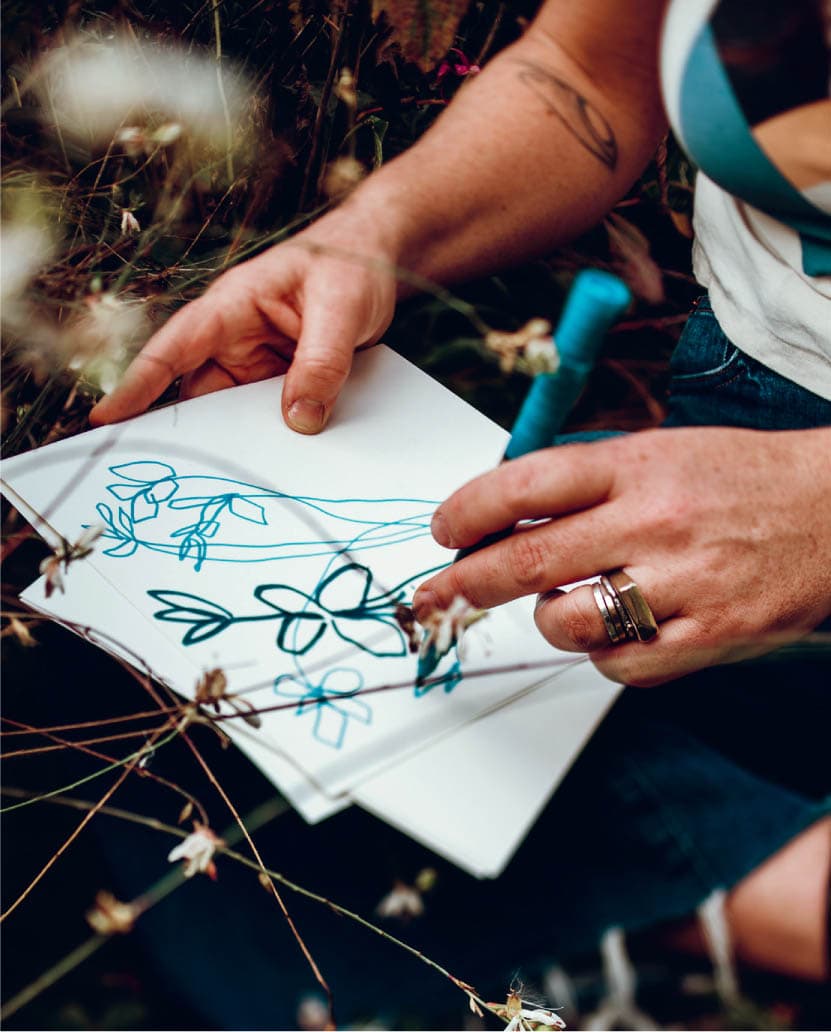
3. Trust

4. Awareness
5. Expansion
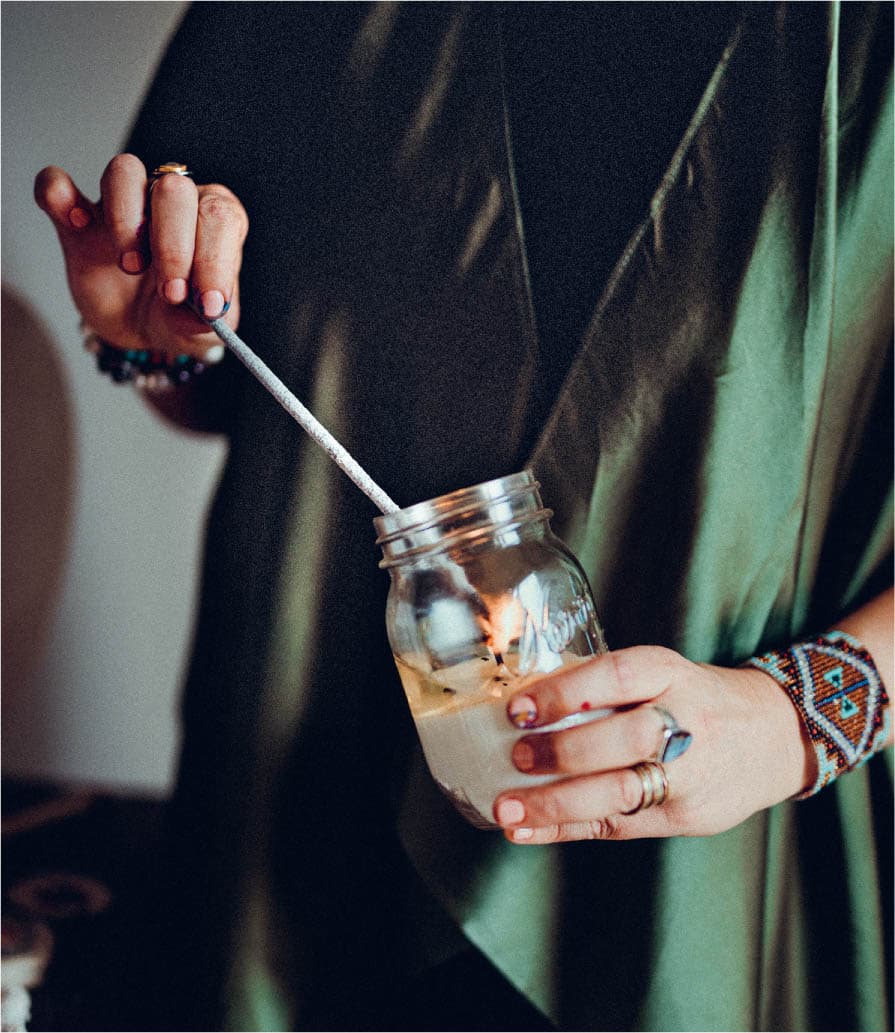
6. Exploration
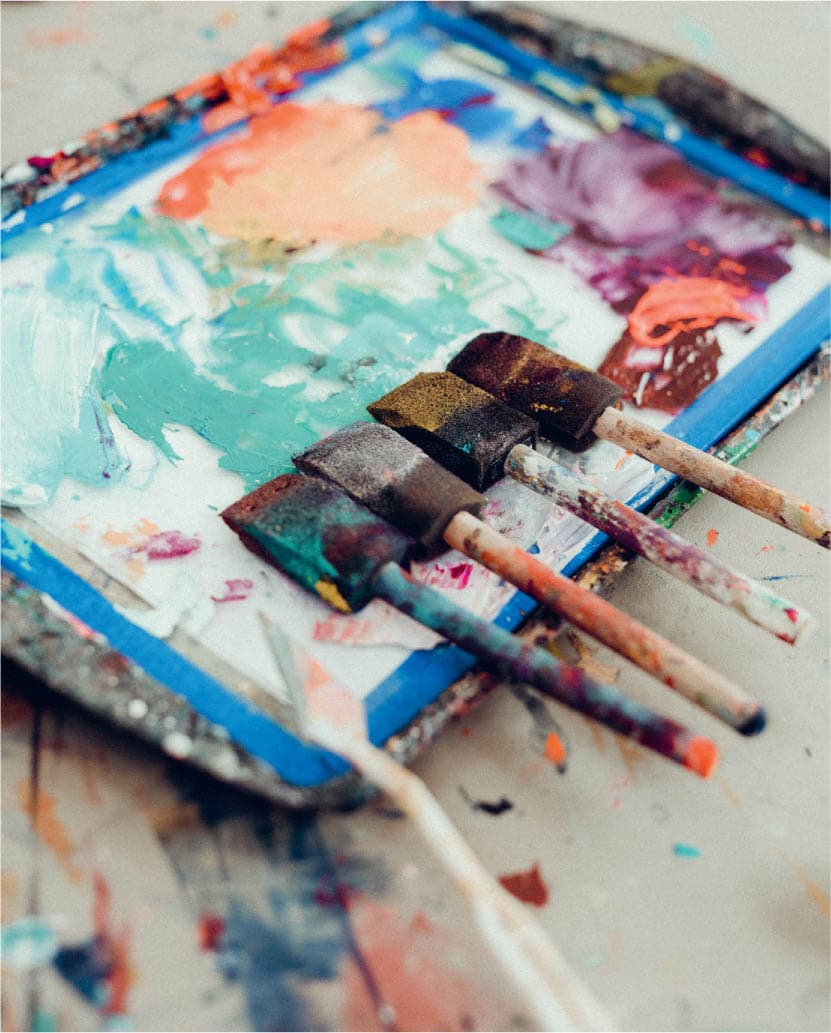
7. Gentleness
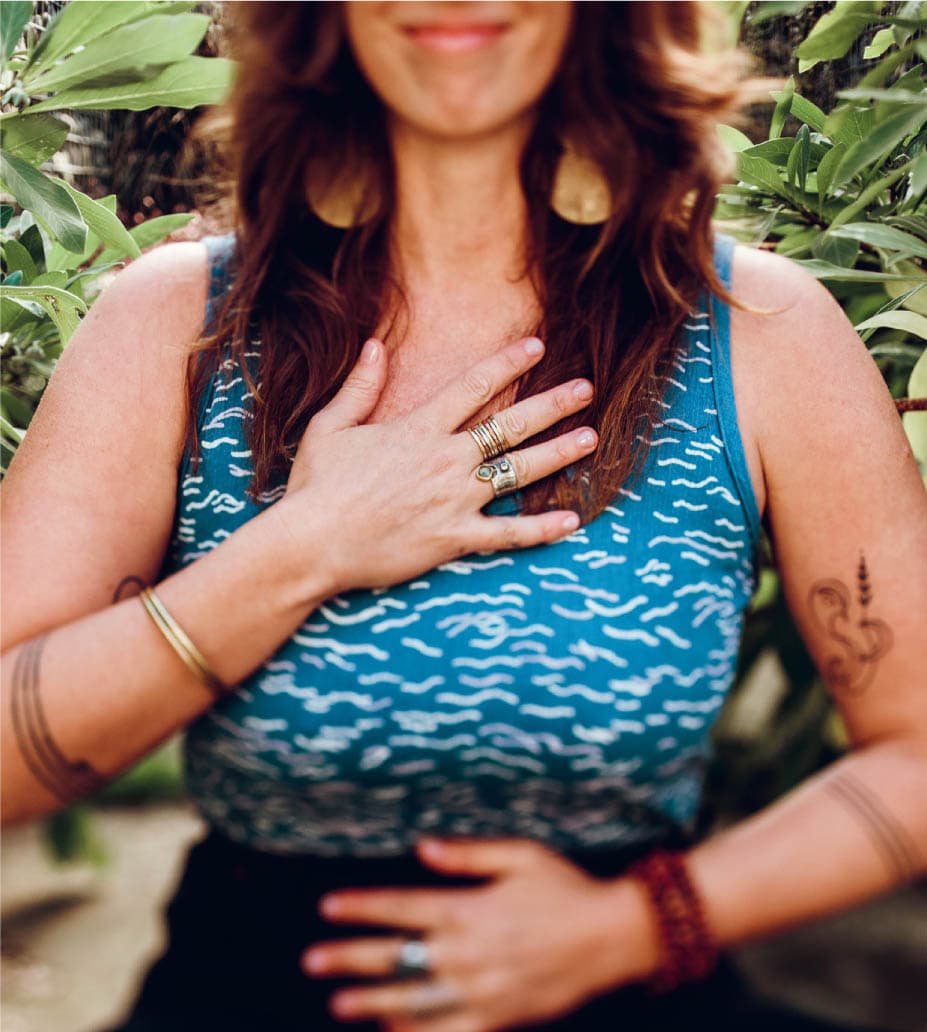
8. Dedication
With the Eight Ingredients serving as the foundation for our style-finding adventures, let’s explore the three main areas of practice that each ingredient falls into. You can think of these as the three ways you will spend your time as you develop your artistic style: Internal Exploration, External Exploration, and Hands-On Art-Making Practice. There are many ways to engage in each practice, and we wholeheartedly encourage you to branch out and add to our repertoire of explorations as inspiration strikes. In other words, do YOU. That’s what this book is all about! Here are some examples of different ways you might explore each area of practice:THREE AREAS OF PRACTICE
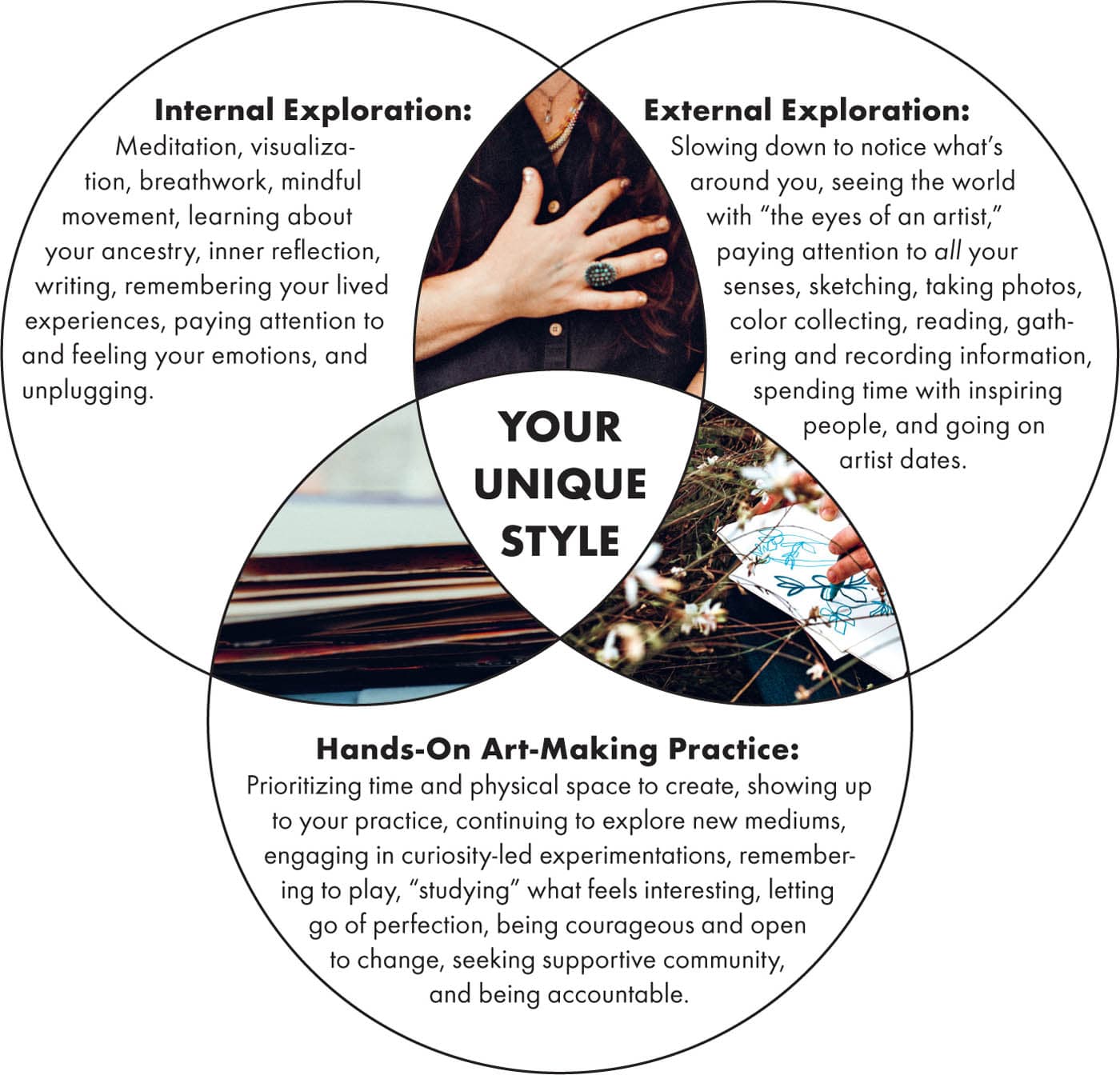
Before we break out the paints, we want to share some helpful tips and guidelines about how to move through this process and get the most from this book. We understand many art books and courses offer a clear, start-to-finish set of instructions in order to create a desired and similar outcome. While this can be a great way to develop specific skills, the purpose of this book is quite different. Our intention here is to offer an inspiring and well thought-out framework that allows you to feel both lovingly supported and wildly free to flow within it. In other words, we’re not going to tell you exactly what to do. Instead, we’re going to offer you an eclectic and inspiring buffet of prompts, exercises, and philosophies for you to consider. Each item on the buffet can be explored in infinite ways, and our hope is that they serve as potent jumping-off points as you make your own unique discoveries along the way. It’s likely that some parts of this book will light you up and draw you in deeper, while others might not feel as interesting. That’s perfectly okay. Noticing what you find most captivating is an important part of finding your own way, and we’ll be cheering you on all the way. This entire book is based around the practice of creating one hundred small paintings as a way to connect more deeply to yourself and the world around you, to trust in your own personal inclinations and preferences, and most importantly, to “do the work.” Chapters 3 through 7 will lead you on this journey. There are a few reasons we’ve designed this curriculum around the goal of painting one hundred small paintings. First, we think working on little pieces of paper is much less scary and precious than working on one or two big canvases. We also believe the only way to develop a unique painting style is to do a whole lot of work, and one hundred paintings is certainly a lot of work! We also love a solid, tangible goal to keep us going. That said, if painting one hundred paintings feels stressful to you, start with a number that feels calming for your nervous system—maybe that’s fifteen, fifty, or seventy-five. Whatever magic number you decide on is the one for you. Remember, the number is simply a goal to keep you moving forward and engaged in the practice, and you can always keep adding in more paper as you go. Find a pace that works for you and remember: The most important thing is to stay open, curious, and inspired—not overwhelmed. Starting now, we invite you to start thinking of your one hundred pieces of paper as “studies” versus “little masterpieces.” Artists have historically used sketchbooks and studies to prepare themselves for more in-depth works of art—and for good reason. Studies provide a forgiving place to play, try things out, and experiment without the pressure of having to create something serious, perfect, or totally resolved. Whether they’re quick sketches or more involved explorations of color or composition, what’s important is that your studies inspire a feeling of freedom and curiosity. At the end of the book, we’ll offer some suggestions around what you might do with all those little paintings. We’ll also talk about how to translate what you learned into larger work if that’s of interest. Remember, this process is about discovering and developing a unique style, and that takes time. You won’t love everything you create, and that’s actually important. It means you’re taking risks and trying new things. Through this kind of brave experimentation, you’ll learn what works for you and what doesn’t. From there, you can hold onto the gems and let the rest go. Just keep going. Each of the chapters in this book presents different philosophies, art exercises, writing inquiries, and prompts to support your style development. Again, we like to think of these invitations as a buffet of options for you to explore. As you explore the buffet, we encourage you to begin new paintings on fresh papers as you feel inspired, while also circling back to add more layers to works-in-progress as your repertoire of ideas broadens. For example, you might begin a painting by drawing things you love in your home. Later on, you might choose to do a color study on that very same painting. This kind of layering will allow you to experiment with different ideas without needing to “finish” a painting in one sitting. There’s plenty of time for that, and we’ll give you some finishing tips at the end. As you move through the book, we suggest you keep your papers in three piles: While this nonlinear way of creating might feel unfamiliar or even uncomfortable at times, we hope you’ll find this layered and intuitive approach to painting to be forgiving and full of freedom and surprises. We also hope what we’re presenting here offers a whole new way of thinking about your creative practice that will set you up for a lifetime of success and exploration. Remember, anything is possible, and this is just the beginning. In addition to your one hundred paintings (a.k.a studies), we also suggest that you create an Inspiration Archive to keep track of all your discoveries in one convenient place. We like to use a three-ring binder for this, but a dedicated drawer, basket, or box will also do the trick. Of course, you’re always welcome to explore the exercises directly onto your one hundred paintings, but there may be times when you want to reference a drawing or your writing inquiries later on. This is a perfect time to “archive” these inspirations in your binder. You can also keep any collected mixed media ephemera (short-term, paper-based memorabilia, such as post cards, letters, ticket stubs, old newspaper clippings, magazine clippings, or photos) in your Inspiration Archive.HOW TO USE THIS BOOK

It’s a Buffet!
Why One Hundred Paintings?
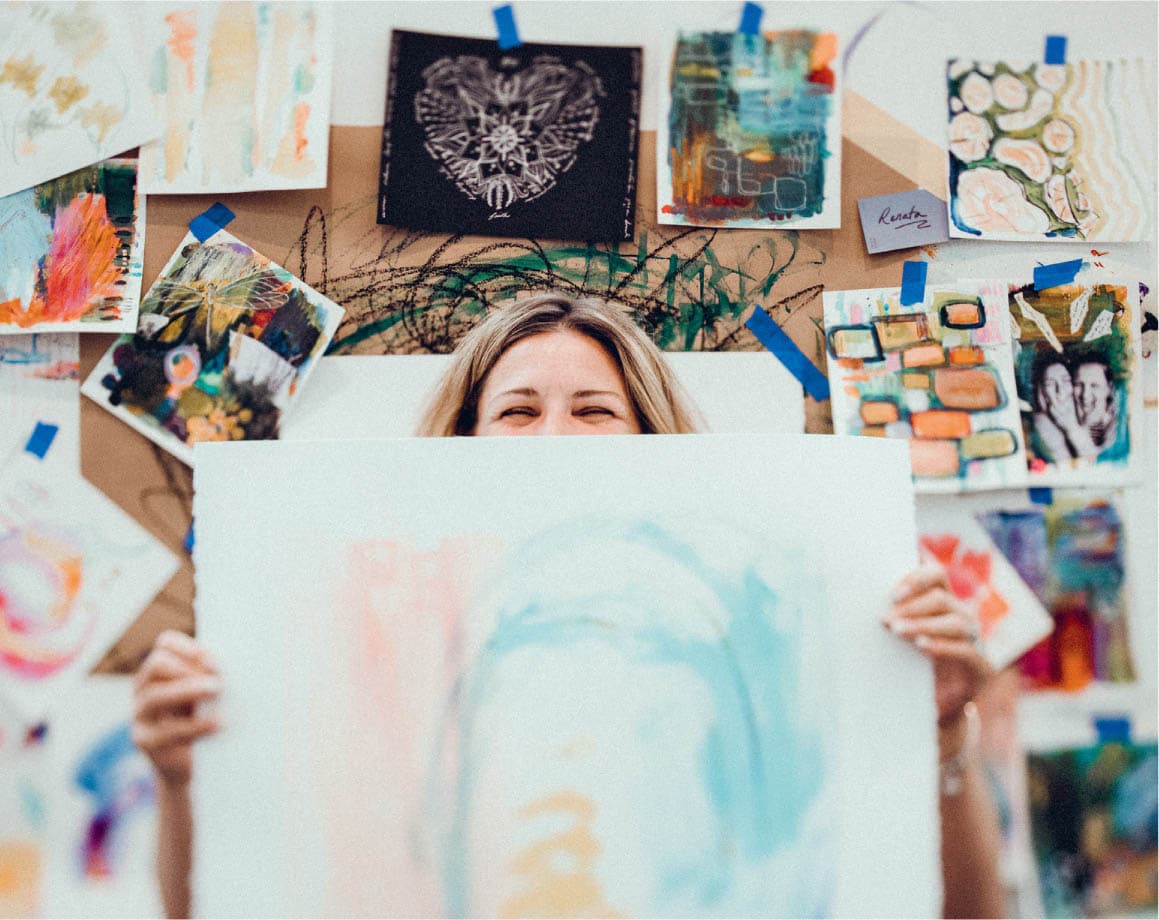
“Studies” Versus “Little Masterpieces”

Circling Back (This Is Not a Linear Process)
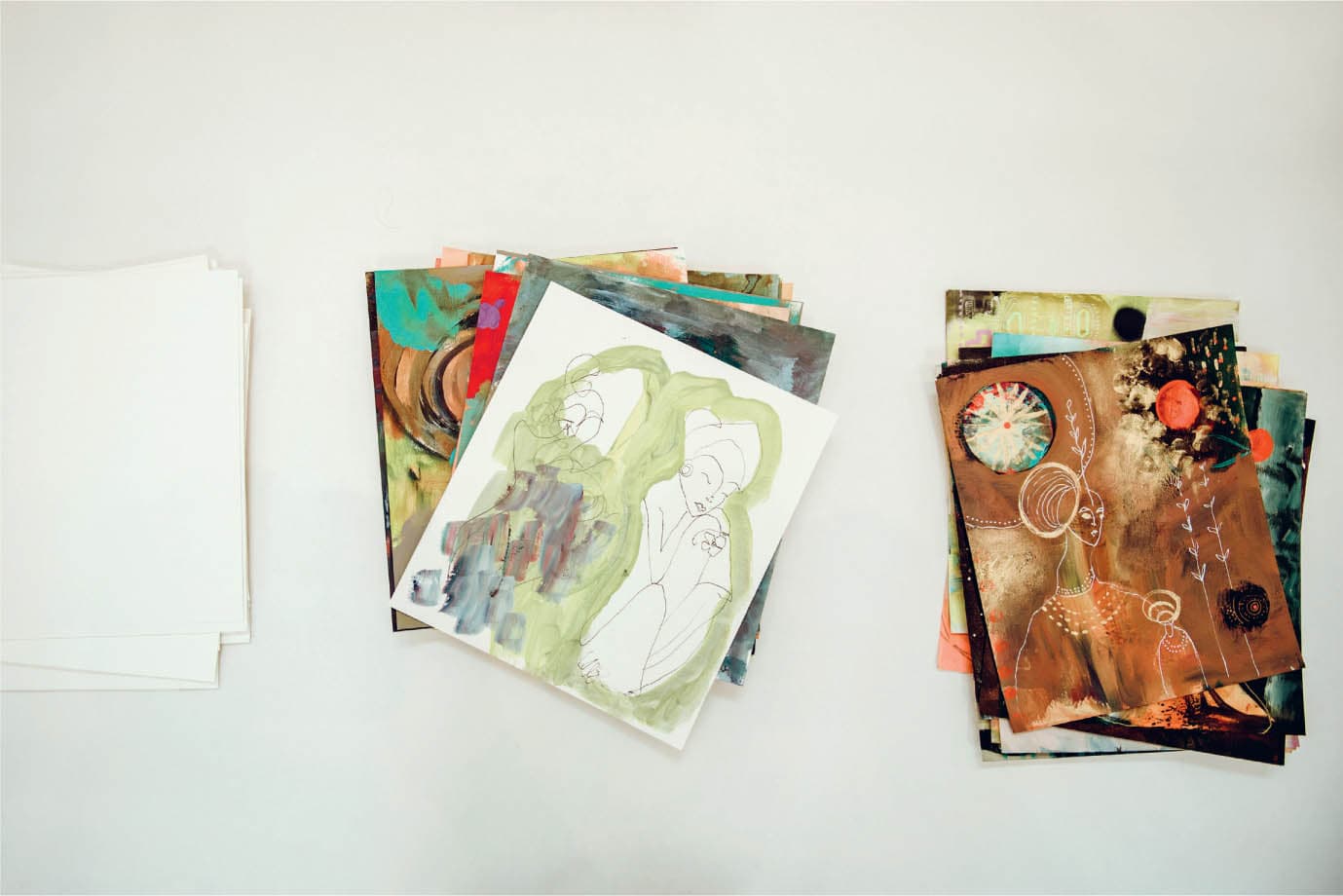
Creating an Inspiration Archive

